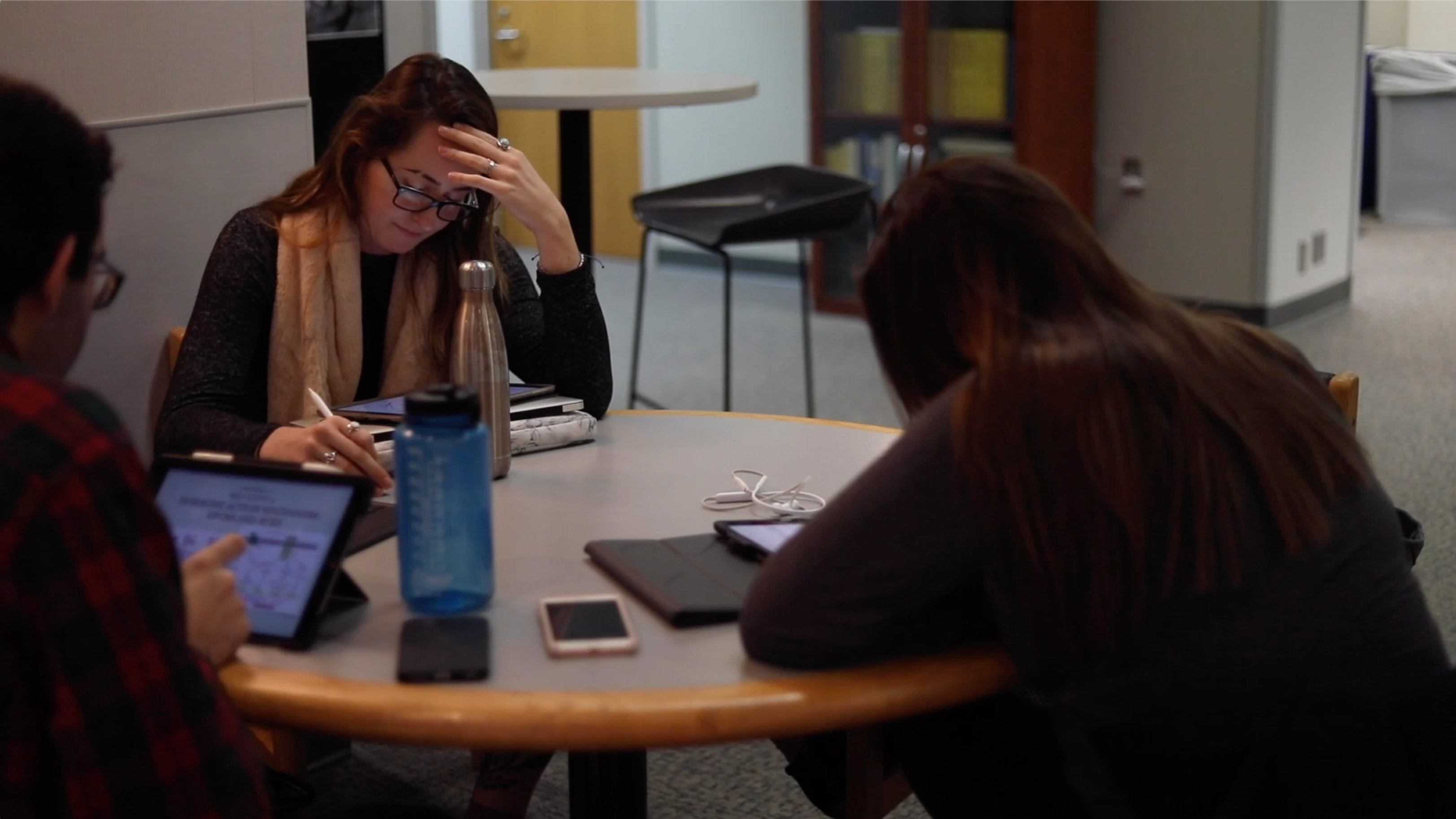Results

The University of Rochester Medical Program values student feedback and uses it to improve its offerings. The program is continuously developing based on student feedback and faculty ideas.
Evaluating the Launch of the iPad Initiative
In the early years of the iPad program, effectiveness of the use of iPad devices was measured through evaluation administered at the end of each course and through focus groups. Both qualitative and quantitative data was collected to measure student perceptions of the integration of the iPad devices into the curriculum and the value of the iPad in assisting with learning course material. Results of surveys from 2012 through 2015 showed gradual improvement in students’ ratings of successful integration of iPad devices in courses and the value of the iPad as a resource in learning course material.
Student comments provided insight into the ways students used and valued the iPad device.
- "The iPad was a great resource in histology lab since screen shots of slides viewed in lab could be taken, saved, and annotated.”
- “I loved that I could simply bring an iPad and stylus to class and that was literally everything I needed.”
- “The iPad proved to be very useful in PBL, where it was a lot easier to share information and documents with other group members.”
Continuous Improvement
Since 2017, Orientation to the iPad has been provided to all incoming student through a self-paced online course. This course is updated annually to account for new features on the iPad device and new applications introduced into the program.
Staff have noticed the impact of iPad integration on students’ active learning habits. Daniel Castillo, Head of Scholarly Communications and Research Initiatives at Miner Library, regularly meets with students throughout their time in medical school. He has seen the positive impact that access to an iPad has created over time:
I am impressed by how students have adapted to iPad in the classroom over the past few years. When I first started, we had to teach our students how to use their iPad; now they often come in showing me helpful tips. I cannot remember the last time I met with a student that didn’t have their iPad with them. There is an app for nearly everything they need: from Visible Body for studying for an HSF [Human Structure and Function] test to EndNote for organizing articles for their current research project to iBooks for reading eTextbooks that our faculty have designed specifically for their courses. iPad has become an increasingly integral part of the learning and research environment here at the University of Rochester Medical Center.
Recent comments from students, too, indicate that the strategic use of iPad applications continues to be a valued asset for studying, career preparation, and engagement with class material.
- “I was a bit apprehensive at first, but I have grown to really value the iPad for its educational uses. I think it is incredibly easy to take detailed notes using the Apple Pencil, whether the notes are on a blank page or over PowerPoint slides.”
- “The iPad provides an easy way to save on paper and other resources. There is no need to print out slides, use several notebooks per class, or purchase binders to sort all of the material.”
- “I used Anki extensively for Step 1 studying.”